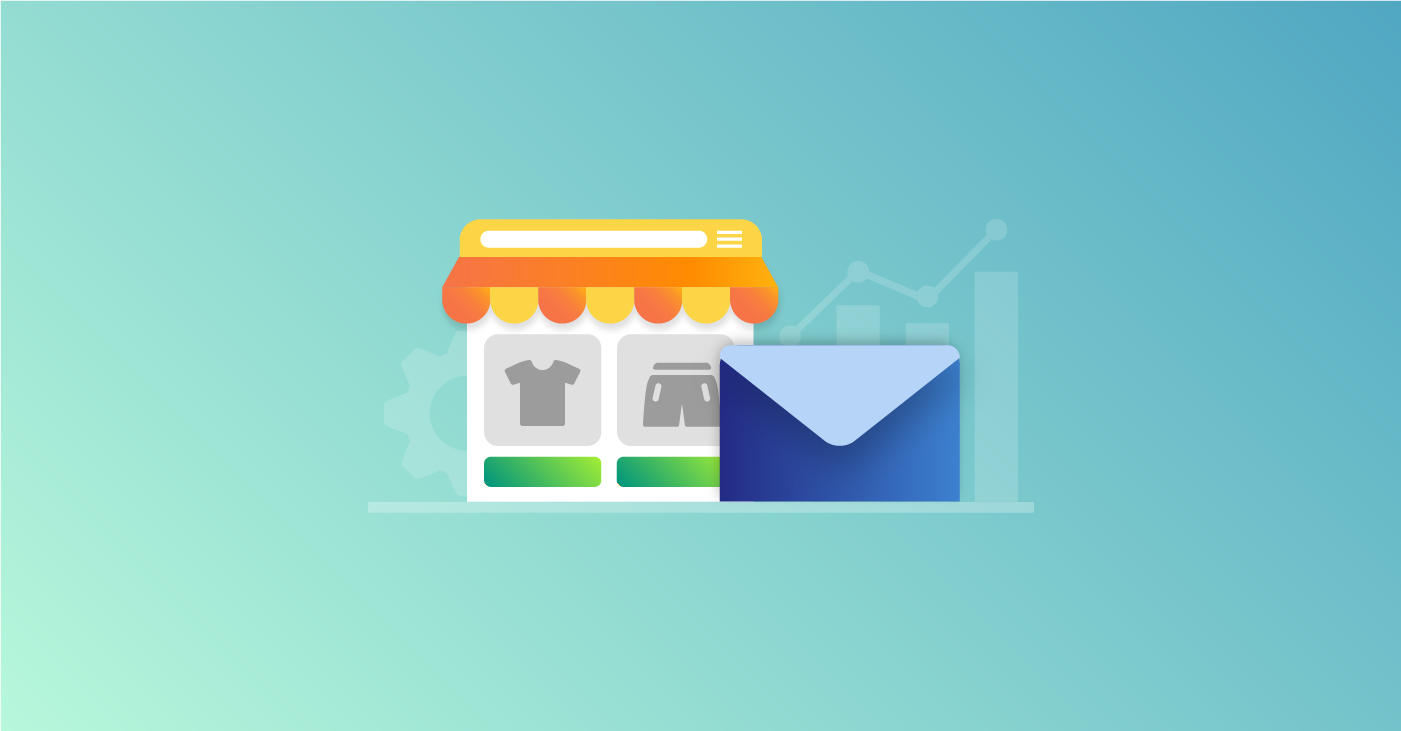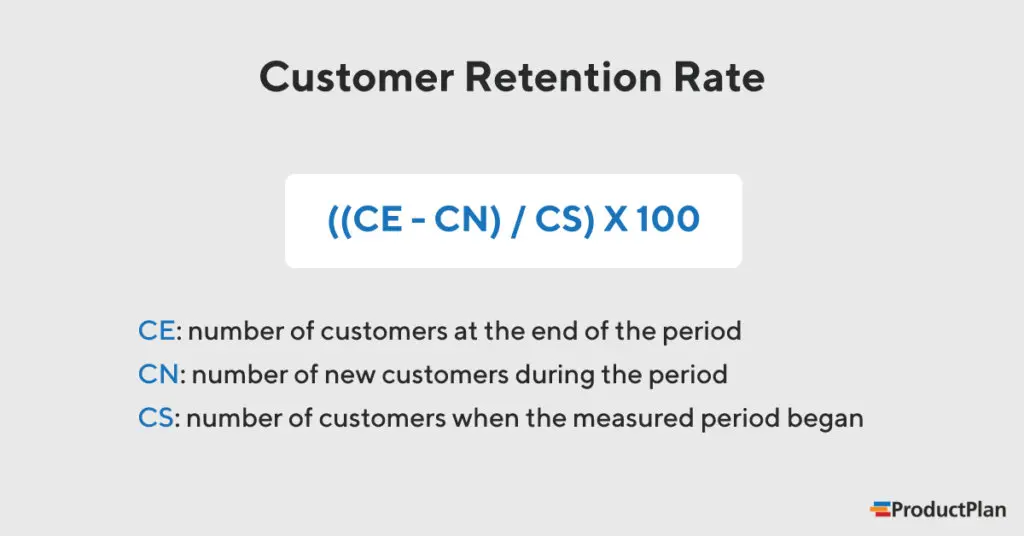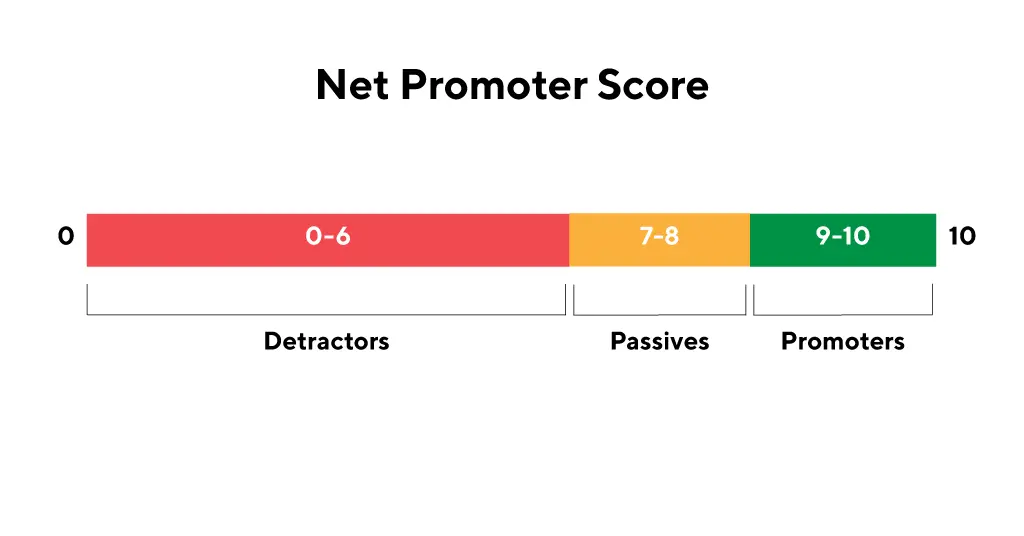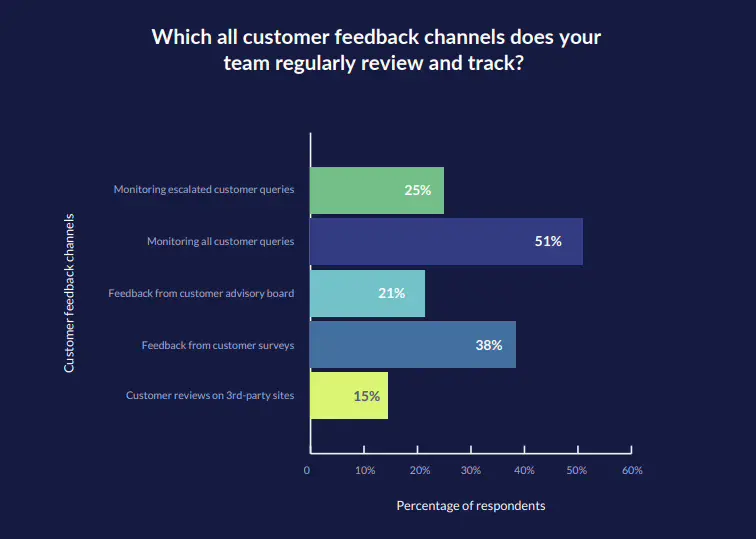
Every business that has ambitious growth plans does everything within its capacity to acquire new customers. After all, more customers mean more revenue, isn’t it?
Or, is that so? Turns out a business can continue to grow exponentially and also keep its costs down if it manages to retain customers.
This is not wishful thinking. This is a solid fact unearthed by several studies. One study found that improving customer retention from 5% to 25% could result in business profitability improving from 75% to 95%! This staggering amount of business growth is a result of customer loyalty and ad hoc improvements.
That said, acquiring a new customer is expensive and involves significant effort compared to retaining an existing customer.
But is customer retention so difficult? Despite its best efforts, churn remains one of the biggest challenges for every business. This is irrespective of the size and nature of the business. The threat of competition offering better products and services at lower prices is real and omnipresent.
Of course, there are several other reasons why customers decide to leave. Some of them are changes in their preferences, unmet expectations, better offers, etc.
Given the fact that repeat buyers can provide more revenue for the business and that retaining customers is difficult, it is necessary to pay more attention to one business metric: Customer Retention Rate.
Breaking Down Customer Retention Rate
Customer retention rate is a metric that measures the number of existing customers who continue to be customers of the business at the end of a certain period. It is expressed as a percentage and is used as a measure of customer loyalty, the ability of the business to prevent customer churn and to grow its revenue. It can also be treated as a yardstick that shows the ability of the business to earn repeat buyers and prevent them from choosing competitor products.
Customer retention rate is measured using the below-mentioned formula:

Source: Product Plan
Let’s see how the formula works with the help of an example:
- Beginning date: January 1st
- End date: December 31st
- Number of customers as of January 1st: 120
- Number of customers as of December 31st: 100
- Number of new customers acquired during the year: 30
Based on this data, the customer retention rate would be calculated:
((100-30) / 120) * 100 = 58%
Is 58% CRR healthy? It could be, but it may not be. Several factors determine whether the CRR is healthy. To begin with, the industry in which the business operates, second the average churn rate of the industry, and finally, the overall business climate.
Based on these variables, we can determine whether the customer retention rate of a business is healthy or not.
According to Statista, media and professional services enjoy the highest customer retention rates. The average CRR hovers around 84% in these industries. Whereas, hospitality, travel, and restaurants are the industries that have the lowest CRR.
The chart below shows how CRR changes across industries. It should help you gauge how your business is placed when it comes to customer retention.

Source: Statista
Why Does Customer Retention Rate Matter for Businesses?
The fact that acquiring a new customer costs more and could be more effort-consuming are reasons enough to focus more on customer retention. Furthermore, there are several benefits that customer retention can bring to the table.
Some of them are described below:
1. Boosts Loyalty
Customer retention ensures that existing customers are sustained as repeat buyers for the business. They become a steady source of revenue for the business without forcing the business to spend additional costs on marketing and training. As a result, a loyal customer is worth more than the revenue they provide for the business. The ROI they provide is significantly higher than a new customer who is acquired after spending huge sums of money on marketing and sales promotion.
2. Builds Brand Image
A loyal customer is akin to a non-paid mouthpiece for the business. They are willing to write positive reviews and testimonials for the business which can influence the buying decisions of prospects. Their public feedback can act as social proof for the business. Such feedback from existing customers is considered to be more genuine and trustworthy.
3. Makes Expanding Market Share Easy
Customer retention boosts brand image, and there is an allied benefit to this. The good word that existing customers spread about the business can, in turn, bring in new customers through referrals, one of the benefits of word mouth marketing. And with more people spreading positive feedback and recommendations for your company, the more of the market your brand can occupy.
4. Increases Average Order Value (AOV)
Not only do loyal and repeat customers buy more, but they also tend to spend more with each order. In fact, a study found that a customer’s fifth purchase was 40% larger than their first.
A specific strategy that can help increase your AOV is sending product recommendation emails to your customers based on their previous purchases.
5. Simplifies Selling to Customers
Every brand wants to establish trust and loyalty with its customers. Why? Well, by doing so, you’re setting yourself up for more upselling or cross-selling opportunities. When customers are already familiar with your brand and the experience of working with you, they’ll be more inclined to do so again. The prior knowledge gives them the confidence to transact with your business instead of choosing a competitor whose ways are different and unexpected.
Upselling and cross-selling not only help your bottom line, but they also bring better, personalized services and offerings to your customers. It’s a win-win.
Customer Retention Strategies for Driving Business Growth
It is no secret that customer retention can drive business growth. However, customer retention is not a single strategy. Instead, it is a culmination of several tactics. Each tactic delivers a unique business advantage that, when combined, creates a sum that is greater than the parts.
But, it also depends on what strategies you choose for customer retention. Here are some that are worth spending time and energy on:
1. Provide Self-Service Options
Self-service is a customer service model where customers select the goods and services and pay at checkout. Or they seek and find the information they need to use the product in a better way without relying on third-party support.
Self-service in the virtual world can be doled out in several ways. The website chat support, a dedicated knowledge base containing all support and how-to articles, a dedicated YouTube channel containing self-explanatory videos, and so on.
Self-service ensures that customers can resolve their challenges on their own quickly and efficiently. It also eliminates the need to wait for someone to respond to their problem. A majority of the customer FAQs can be easily addressed with the help of self-service. This allows the business to set up fewer resources for customer support and divert those resources for driving business growth.
Knowledge management is a precursor to self-service. It can be best defined as “The practice of collecting, storing, distributing, and using information.” If customers can find information that they are seeking on their own, easily and in an effortless manner, it can turn out to be a positive experience. The team at gaming platform, Solitaired, for example, found that offering both a knowledge base and live chat improved their retention and revenue by 11%.
Providing accessible support ensures that the customer relationship will remain for the long term — which is the ultimate objective of customer retention.
2. Introduce Loyalty Programs
For a long time, marketers have been using loyalty programs to retain their existing customers. Loyalty programs that give rewards for a long-term association have been proven to be effective at retaining customers.
They work perfectly across all industries — from retail stores to eCommerce stores, why even oil companies like Shell have been using loyalty programs to retain their customers.
There are several reasons why loyalty programs work:
- They give customers a reason to stay loyal for the long-term
- They reward customers to spend more with the business
- The rewards help customers save costs in future purchases
In other words, they create a win-win situation where both the business and customers can gain from the long-term relationship. The loyalty points that the company gives away are an indirect indication of the volume of future business that they can expect from customers. And, these are not new customers but existing customers who are likely to spend more than new customers.
3. Roll Out Referral Programs
At the onset, it might seem like it is difficult retaining existing customers; therefore, how is it possible to make them refer to new customers? The fact is, customers are always willing to refer new customers to your business, provided they get something in return.
The ‘something in return is a subjective element. For some customers, it could be a discount or promo code that they can redeem immediately. For some others, it could be an extension of their service period, an extension of the warranty, free subscription periods, etc. Identifying what matters to your customers so that they are willing to bring in referrals requires some research and surveying. Deducing consumer behavior requires a lot of calculations demanding the marketer to even don the hat of a mathematician.
As far as customer retention is concerned, referrals work in two ways. First, it makes the customer trust that your business will deliver positive experiences to the referred customers. Second, it builds more loyalty with the existing customer because being asked for a referral feels like a privilege. These aspects make referral programs a worthy proposition for any business.
4. Conduct NPS Score Analysis
NPS — Net Promoter Score is a survey tool that tries to gauge customer loyalty with a single question — “On a scale of 0 to 10, how likely are you to recommend our business to a friend or colleague?”
The purpose of this question is multifold. First, it tries to measure how loyal the customer is. The rating that they give is an indicator of their loyalty. Second, it tries to understand whether the customer is pleased with the current offerings that they are willing to refer their near and dear to the business. It is worth noting that existing customers will refer new customers only if they are extremely satisfied with the offerings.
This proves why NPS score analysis could be a turning point in customer retention. NPS segments customers into three categories — Promoters, Passives, and Detractors.

Source: ProductPlan
Promoters are customers who are extremely satisfied and are willing to refer new customers. They give an NPS score of 9 to 10.
Passives are customers whose NPS score is 7 to 8. They are moderately satisfied with the offerings and are less likely to refer new customers. Providing award-winning customer service can retain them as customers and also turn them into promoters.
Detractors, on the other hand, are customers who have given an NPS score of 0 to 6. They are customers who are unhappy and are at high risk of churning or being poached by the competition.
By analyzing your NPS score and treating your customers based on the segment they are in can help boost the customer retention rate.
5. Build User Communities
Do you know which is the world’s biggest user community? Facebook. It has brought billions of people together on a single platform. Guess what made Facebook so popular globally? It democratizes information accessibility. It makes it easy to find people and information relevant to your interests and preferences.
A similar concept in customer service can help businesses bring customers together in a single file and serve them better. User communities, as they are popularly referred to, are a social network of customers. Every popular brand, right from Apple, Microsoft, Fitbit, WordPress, Triumph, GoPro — every major brand has its user community.
By including user-generated content in these user communities, you’ll offer genuine and helpful advice for new users. Since these brand communities are usually bustling with activity, it also acts as a channel through which instant support can be sought. As a result, it also improves retention as customers can solve problems that otherwise would have forced them to churn.
6. Apply Pareto Principle in Customer Service
The Pareto principle states that for many outcomes, roughly 80% of consequences come from 20% of the causes. In customer service, this translates into 80% of customer complaints are about 20% of your offerings.
In other words, there will be a common theme of customer complaints. A wide majority of customers could be leaving or forced to leave due to these reasons. If the business can put a spotlight on those issues and address them quickly, then it could lead to better retention.
So, where do you proactively look for such customers who might be on the fence? Analyzing incoming support queries is a great place to start. A survey by Hiver discovered that 51% of customer support teams analyze support tickets to infer customer feedback.

7. Using Proactive Outreach
Communicating your products’ value proposition can be challenging in sales, as well as retention. Customers could get distracted by competing products and offerings over a period of time. This makes it crucial for you to continually work on communicating your product’s core value – which is where proactive outreach comes in.
Proactive outreach is a process of conducting automated outbound messaging, using channels like email, SMS, display, and in-app. Setting up sequences that trigger messages within specific parts of the customer journey can help them make the most out of your product, and stick with your product for longer.
For example, you can set up retention email sequences that are set to send current offers and billing discounts to customers that haven’t engaged with your product in a while. Similarly, you can also send out SMS alerts to customers who’re due to pay a subscription, updates regarding their support tickets, etc. Combining proactive outreach with personalized customer service can further accentuate the benefits of customer retention. These measures will keep your customers engaged with your product and make it less likely for them to leave.
Hard-Earned Customers: Retaining Them for Good
It is worthwhile to repeat that retaining existing customers is several times better and easier than acquiring new customers. Customer retention is a surefire strategy for business profitability, and tackling customer retention rates can maximize business profitability and ensure long-term business growth.
Author Bio

Mehdi Hussen is the Head of Marketing at ZoomShift, an employee schedule software. He is passionate about driving organic growth and customer acquisition for startups through data-driven content marketing. He spends his spare time musing about startup growth strategies, sales productivity, and remote work. Connect with him through Twitter or LinkedIn.






